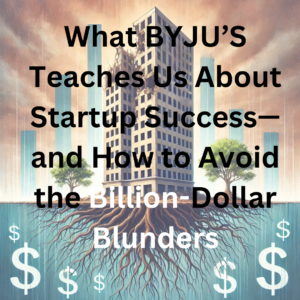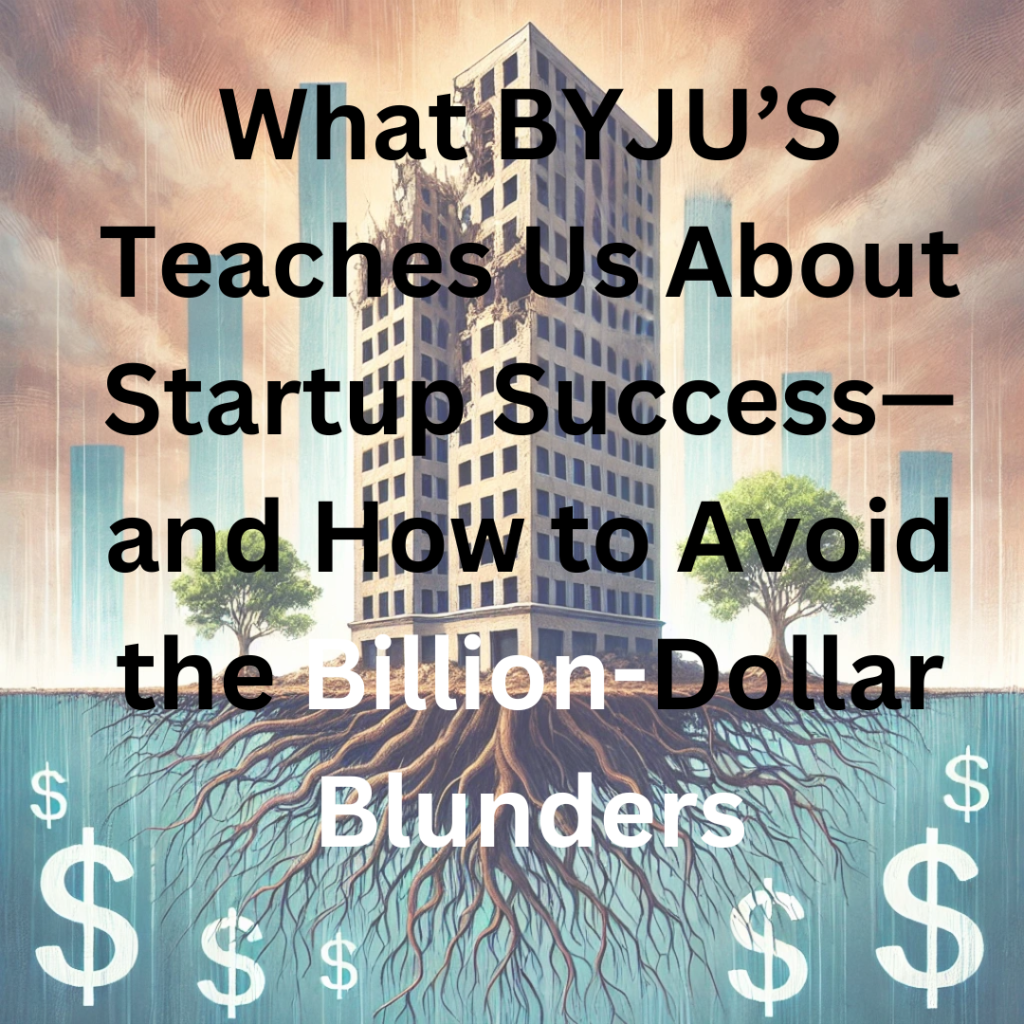When it comes to startups, I’ve had my fair share of scars and victories, especially in edtech. And if there’s one lesson I’ve learned, it’s that business acumen isn’t optional—it’s the survival gear every entrepreneur needs. That’s why the recent saga of BYJU’S caught my eye. Here was a company that rose from a small-time education app to a $22 billion juggernaut before crashing down to zero. Yes, zero. What went wrong here, and what can we learn from it?
Ahead of Its Time—and Paying the Price
BYJU’S meteoric rise should have had a warning label: “Handle with caution—fragile success.” The founder, Byju Raveendran, admitted that the edtech giant’s aggressive expansion was part of the issue. Picture this: they went global at warp speed, all while juggling the demands of investors, operations, and new market entry. Sounds impressive, right? Until you remember that entering markets without truly understanding their nuances is like trying to sell sunscreen in the North Pole—it doesn’t quite stick.
In BYJU’S case, it wasn’t just about misreading the markets. Their growth model could have used a heavy dose of restraint, or as we like to say, a “sweet shop at Diwali” mindset. Sure, they took advantage of the massive demand spike during COVID (when everyone was stuck inside and turning to online learning), but when COVID faded, so did the booming interest. It was like opening a candy store in Diwali and wondering where everyone went by Holi.

The VCs Giveth, and the VCs Taketh Away
One thing I’ve seen firsthand is that venture capital can be both a blessing and a curse. BYJU’S was flooded with funds, spurred by VCs eager to bet on “the next big thing.” And while investors propelled the company’s growth, they also fueled an unsustainable expansion. Here’s a little secret in the startup world: VC money can make or break a business, especially when it’s used to drive rapid growth without a solid foundation.
The Fed’s low-interest rates made money flow like water from 2020 to 2022, and Crunchbase even notes that global venture funding more than doubled in those years. But when central banks tightened their purse strings and interest rates climbed, VCs stopped writing those big checks. Suddenly, BYJU’S faced a drought. And that’s where a sustainable, self-sustaining model would have made all the difference.
Business Acumen Over Cash Flow
The real lesson here? Business fundamentals beat funding hype every time. Growing during an economic boom doesn’t make a company bulletproof; solid business roots do. BYJU’S focused heavily on growth and valuation without securing strong operational grounding. A sustainable business model would have made them resilient, regardless of economic swings. In my own experience, startups need two things: roots that keep them stable and wings that allow them to grow. Without both, they’re just tumbling leaves in a storm.
What BYJU’S Can Teach Us All
BYJU’S story is a powerful reminder for any aspiring entrepreneur. When growth is the sole goal, the ground you stand on can easily slip away. There’s value in tempered growth and realistic strategies. If I could offer one piece of advice from my own journey in edtech, it’s this: have a mentor who understands the business terrain before you find an investor. Securing funding is one thing; using it to achieve sustainability is the real art.
So, for every founder eyeing unicorn status, let BYJU’S be a cautionary tale. Growth for growth’s sake can be tempting, but without strong roots, it’s just as likely to bring you crashing down.

